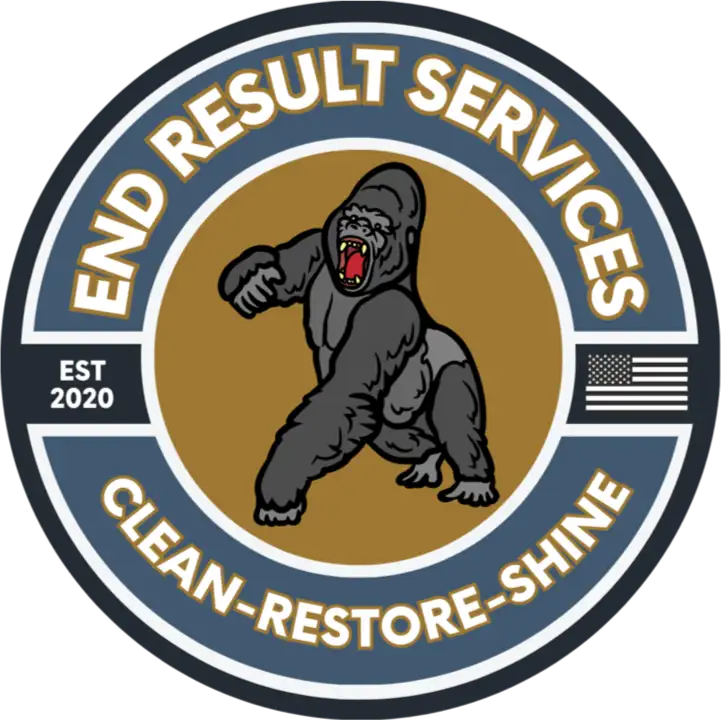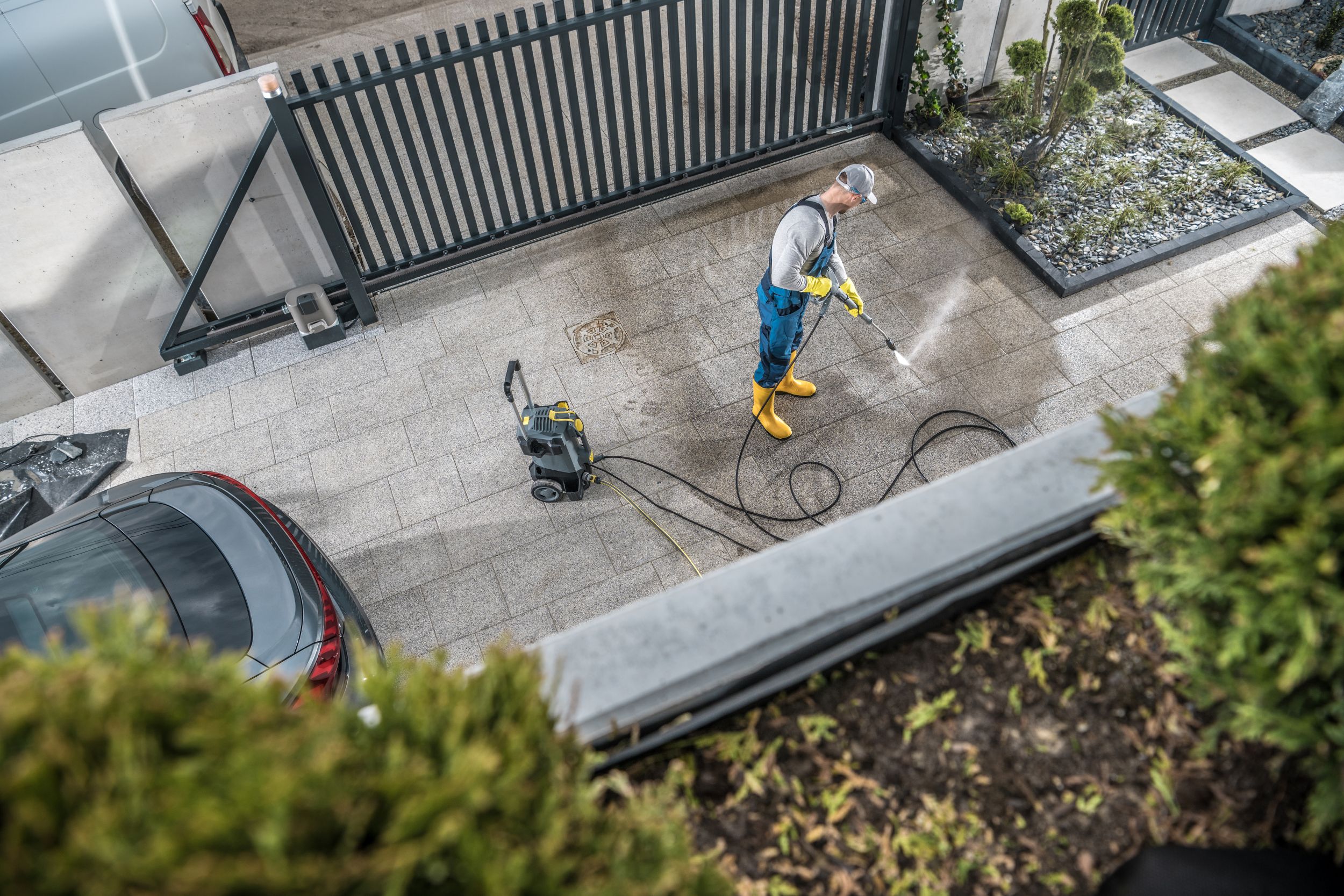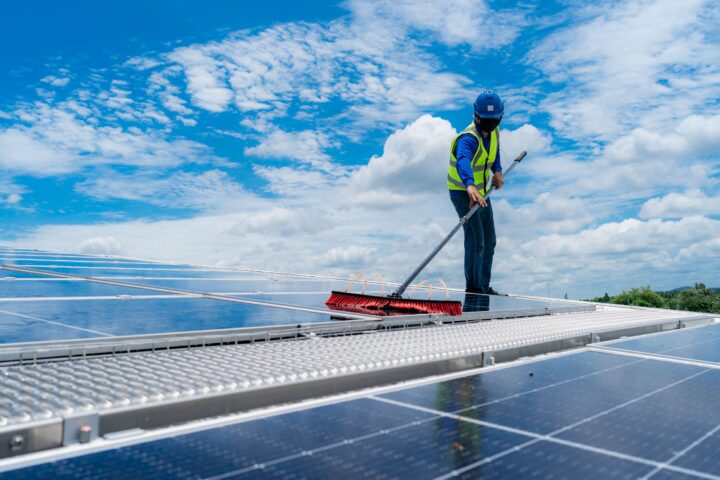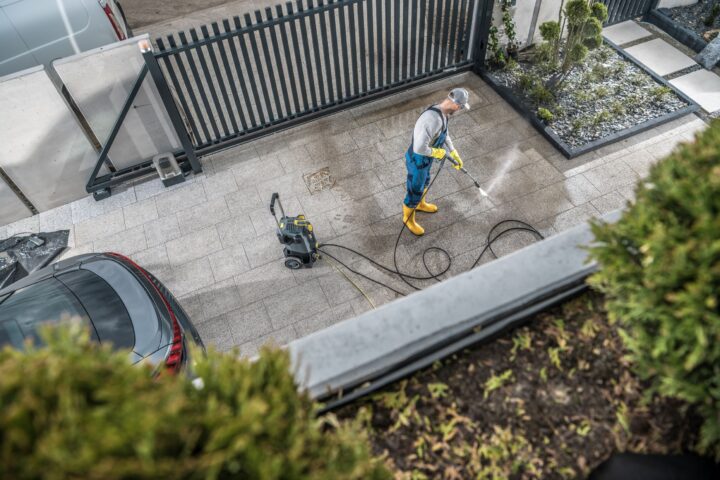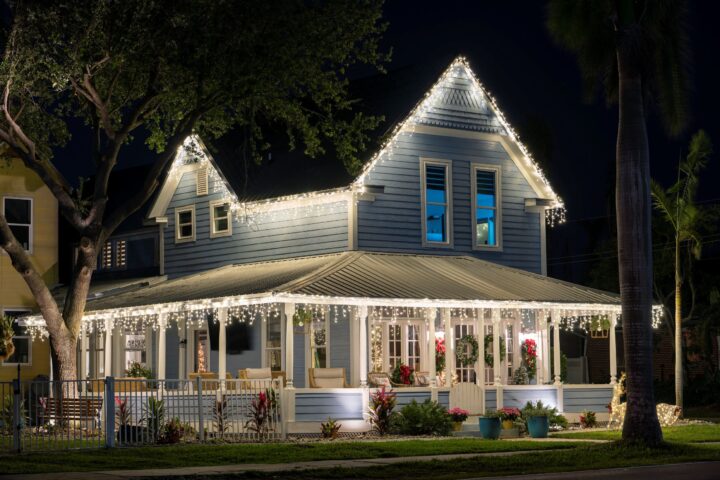Living in San Clemente means ocean views, beach breezes, and sunshine year-round—but it also means your concrete takes a beating. From salty sea spray to stubborn mildew, the seaside climate can turn your walkways, patios, and driveways into grimy eyesores faster than you can say “power washer.” That’s where professional pressure washing in San Clemente comes in to save the day (and your curb appeal).
In this article, we at End Results will walk you through the most effective techniques for restoring concrete in our unique coastal environment. Whether you’re a homeowner prepping for guests or a property manager keeping things pristine, these expert strategies are your roadmap to sparkling clean surfaces.
1. Understanding San Clemente’s Coastal Grime
The first step to effective pressure washing is knowing what you’re up against. San Clemente’s salty air, humidity, and occasional marine fog create a cocktail of grime that clings to concrete. We’re talking about more than just dirt—think algae growth, salt deposits, mold, and even rust stains from beach gear or metal fixtures.
This is why basic hose rinses or household cleaners just don’t cut it. You need the right pressure, products, and timing.
2. Choose the Right Pressure for Concrete
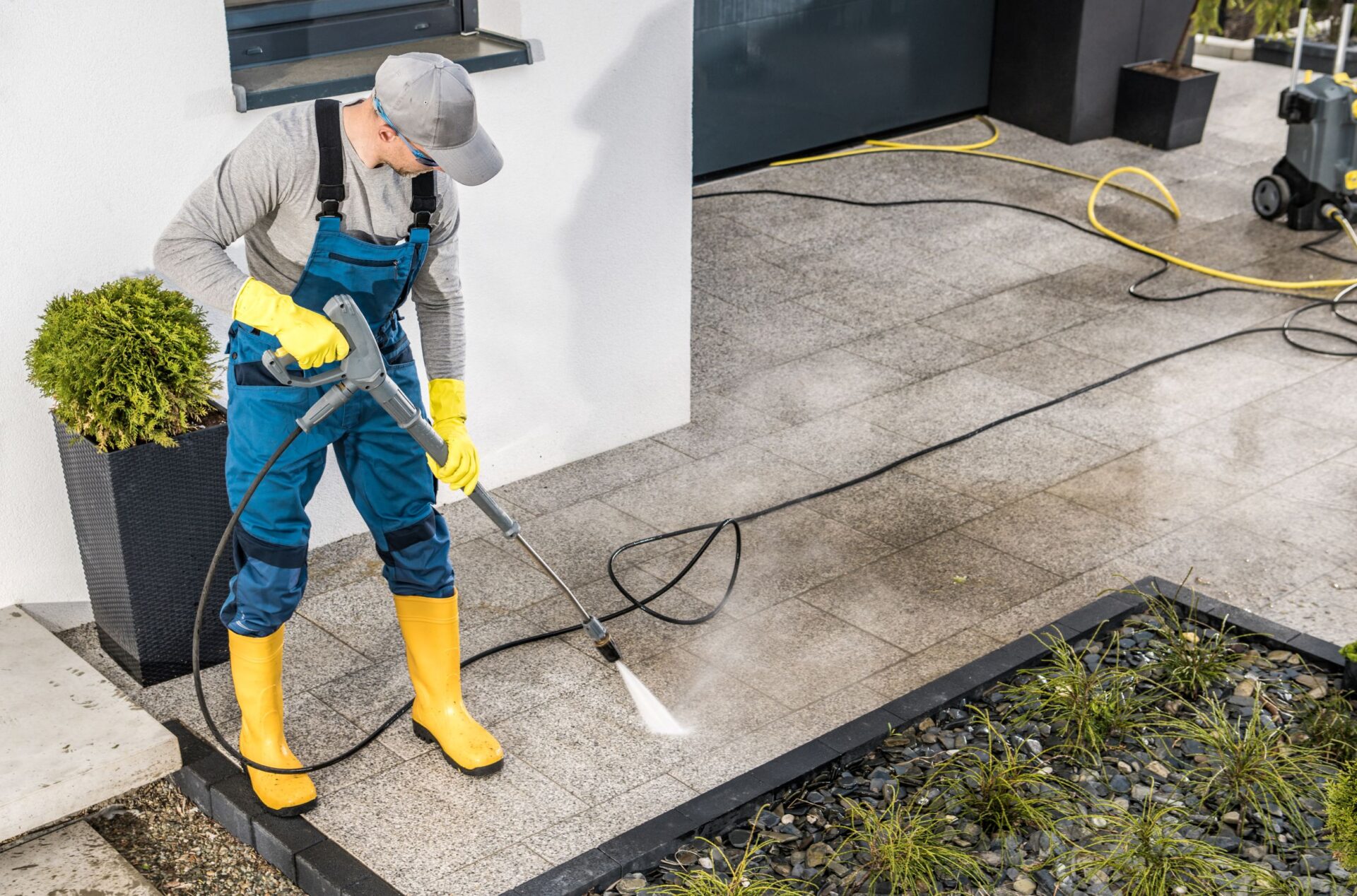
Not all concrete is created equal. Your garage floor, front sidewalk, and backyard slab may all require different techniques. A good rule of thumb?
- Use 3000 PSI for durable surfaces like driveways and patios.
- For stamped or decorative concrete, dial it down to avoid damage.
- Avoid zero-degree nozzles; instead, opt for 25-degree or 40-degree tips for wide coverage.
Pro Tip: Professionals in San Clemente know how to adjust based on surface wear, type, and age—all while protecting adjacent materials.
3. Pre-Treating Stains Makes a Huge Difference
Before going full blast with your washer, spot-treating specific stains boost results dramatically.
- Oil stains: Use a degreaser formulated for concrete.
- Mold and algae: Treat with a mold inhibitor or bleach solution (use sparingly and rinse thoroughly).
- Rust stains: Try an acid-based cleaner designed for rust.
Let these sit for 10–20 minutes before pressure washing to lift deep-rooted gunk.
4. Eco-Friendly Washing is the Way to Go
We’re all about keeping San Clemente beautiful, which means eco-friendly concrete wash methods are essential.
Use biodegradable detergents that won’t harm nearby landscaping or flow into storm drains. Many professional services come equipped with runoff capture systems and greywater recycling options.
Also, local regulations may require specific runoff protections. Make sure your provider follows San Clemente exterior cleaning codes.
5. Wash in Sections and Maintain Distance
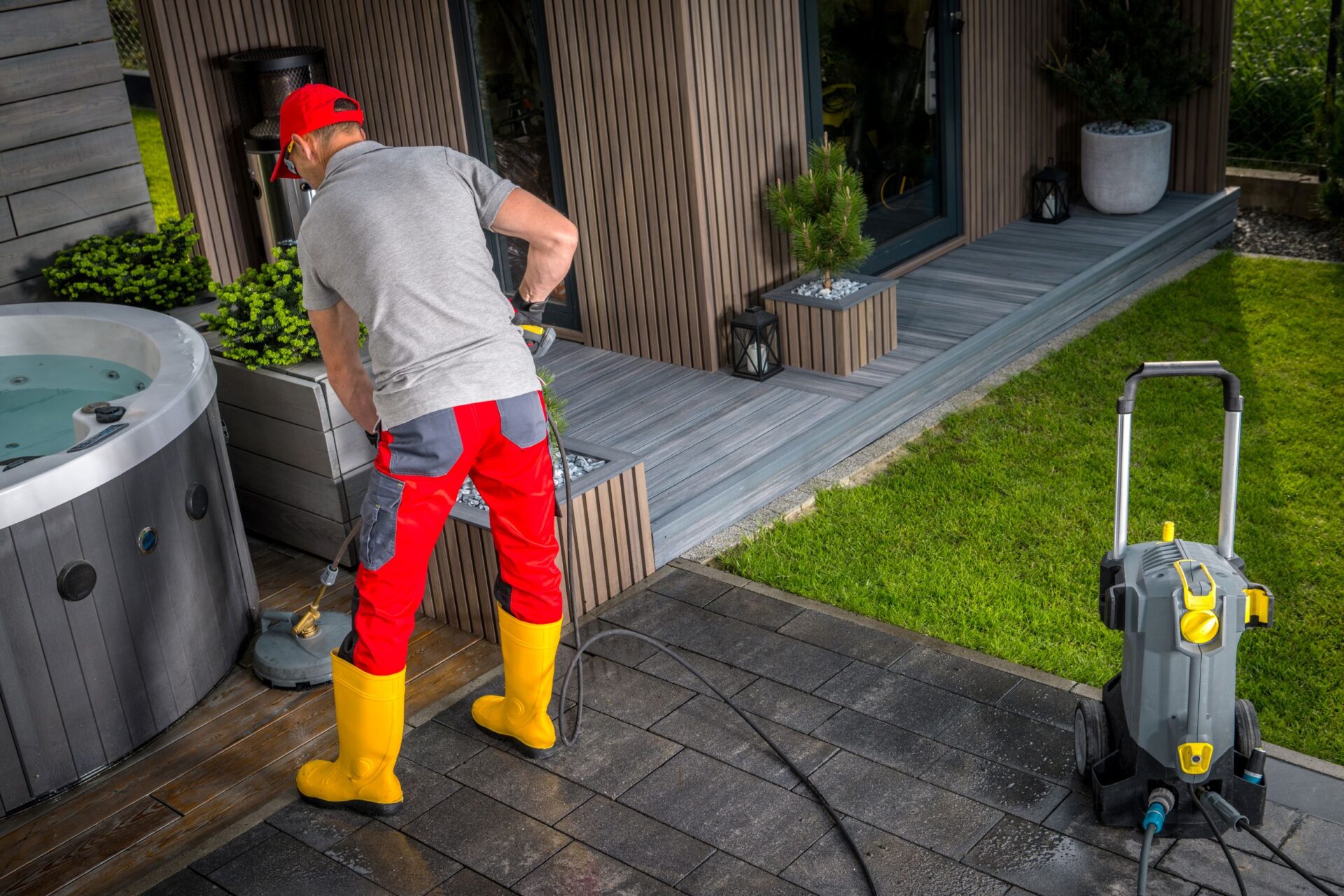
Don’t rush the process. Working in smaller areas allows you to:
- Keep pressure consistent
- Avoid streaks or missed patches
- Focus on tough spots longer
Hold the nozzle at least 12 inches from the surface and keep it moving in smooth, overlapping motions.
6. Finish with a Sealer for Long-Term Protection
What good is a sparkling clean surface if it doesn’t last?
Applying a concrete sealer after pressure washing adds an extra layer of protection against salt, moisture, and future staining. Choose from clear finishes to enhance the look or matte finishes for a natural appearance. Either way, sealing helps maintain your results longer.
Especially near the ocean, regular resealing every 1-2 years is a must.
The Benefits of Hiring Local Experts
Sure, you could rent a machine and DIY it. But consider this:
- Professional teams know how to clean without damage.
- They use high-grade equipment you won’t find at your local hardware store.
- They’ll save you hours (and possibly a backache).
Hiring a seasoned pressure washing team ensures your concrete gets cleaned thoroughly, safely, and sustainably.
Common Mistakes to Avoid
Let’s run through a quick list of what not to do:
- Using too much pressure
- Spraying from too close
- Skipping pre-treatment
- Ignoring safety gear
- Using the wrong detergent
Each of these can lead to poor results or even surface damage.
When to Schedule Your Cleaning
In coastal climates like San Clemente, bi-annual pressure washing is a smart schedule. Once in the spring to clean up winter buildup and again in the fall before the rainy season. But if your concrete sees heavy foot traffic or lots of shade (which encourages algae), you might benefit from quarterly cleaning.
Pro Tip: Schedule cleaning a few weeks before any outdoor events to get that fresh look just in time.
Other Surfaces That Benefit from Power Washing
Concrete may be the focus today, but don’t forget:
- Decks
- Fences
- Exterior walls
- Roof tiles
- Outdoor furniture
…all benefit from seasonal cleanings. Talk to your provider about bundling services to get more bang for your buck.
Let’s Talk About That Sparkling Finish

Ready to see your concrete shine like new? Don’t settle for shortcuts or cookie-cutter solutions. The team at End Results delivers local expertise, eco-friendly options, and picture-perfect results every time. Whether it’s your patio, driveway, or entire property—we’ll handle the grime so you can enjoy the view.
Contact us today for a free quote, and let’s make your concrete sparkle again!
FAQ
Can pressure washing remove oil and rust from concrete driveways?
Yes, but it depends on how old and set in the stains are. Pressure washing works best when paired with a pre-treatment cleaner formulated for oil or rust. Professionals use degreasers or acidic rust removers to break down stains before power washing. In some cases, multiple treatments may be necessary for full removal.
Will pressure washing affect my landscape plants or lawn?
Not if it’s done right! One of the biggest perks of hiring a professional is their use of biodegradable detergents and water control practices. When done properly, the process protects plants and soil by managing runoff and avoiding harsh chemicals. Still, it’s smart to cover sensitive plants as an extra precaution.
How long does it take to pressure wash a standard driveway in San Clemente?
It varies, but generally, a two-car driveway takes between 1 to 2 hours. Factors like stain severity, pre-treatment needs, and equipment efficiency all play a role. Add in drying and sealing time, and your total project may span a half day. Professional crews often work faster and more efficiently than DIY setups.
What’s Next: Why DIY Isn’t Enough: The Case for Professional Roof Cleaning Services Against Algae and Mold
While pressure washing is a fantastic way to rejuvenate your concrete, rooftops demand a different level of care. In our next article, we explore why algae, mold, and mildew require more than just a hose and detergent—and why trusting a professional roof cleaning service can save your shingles (and your sanity). Don’t miss it!
